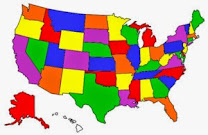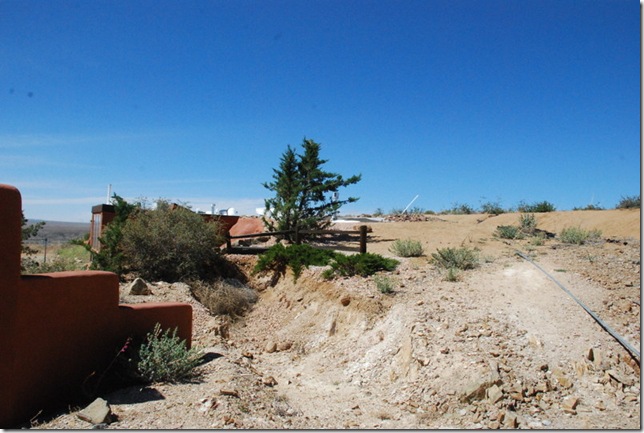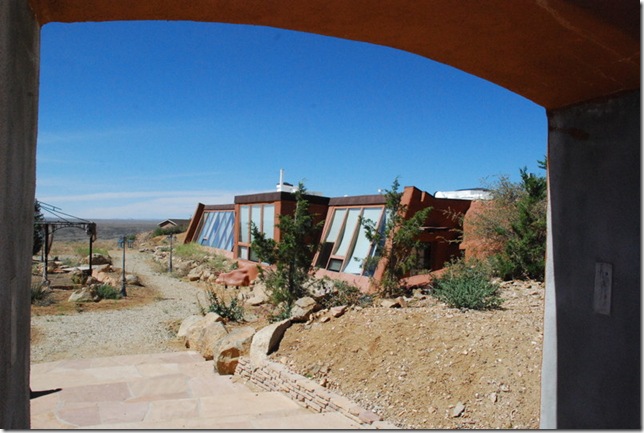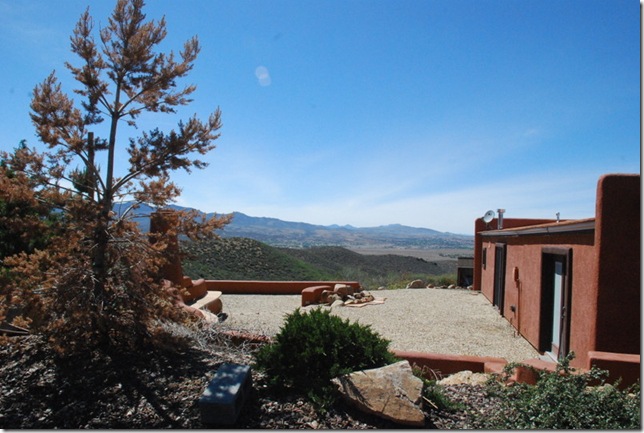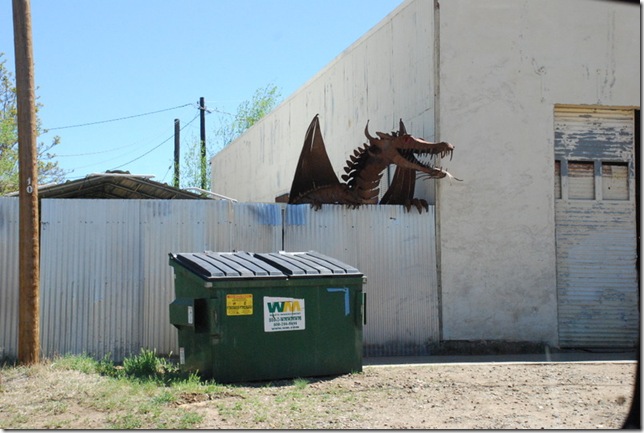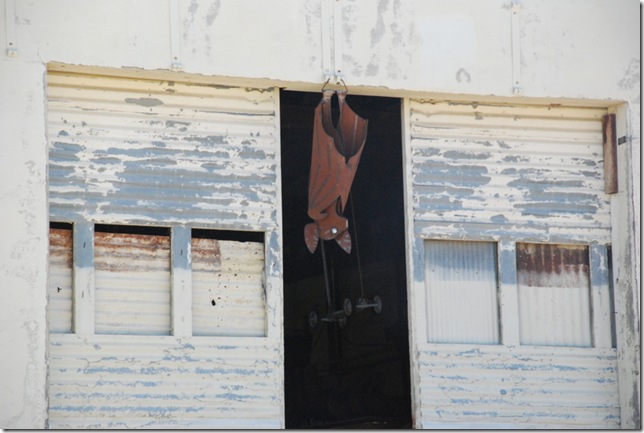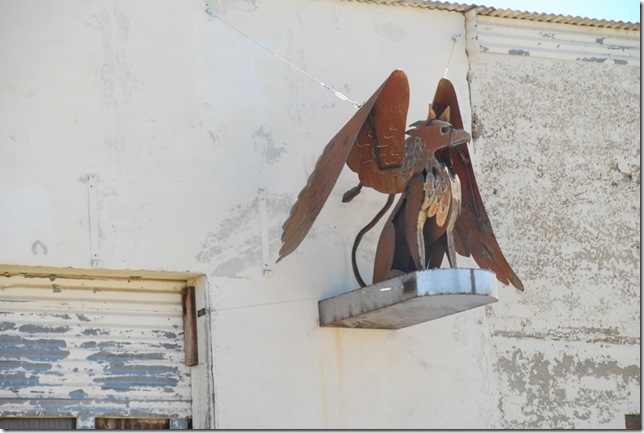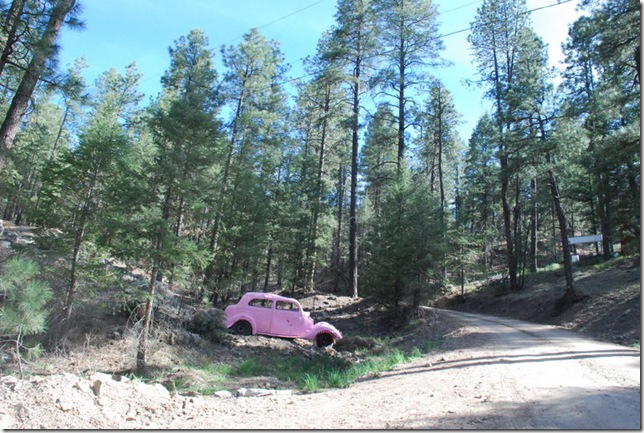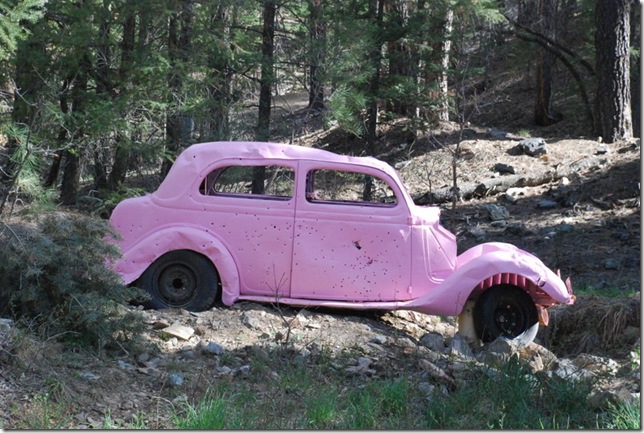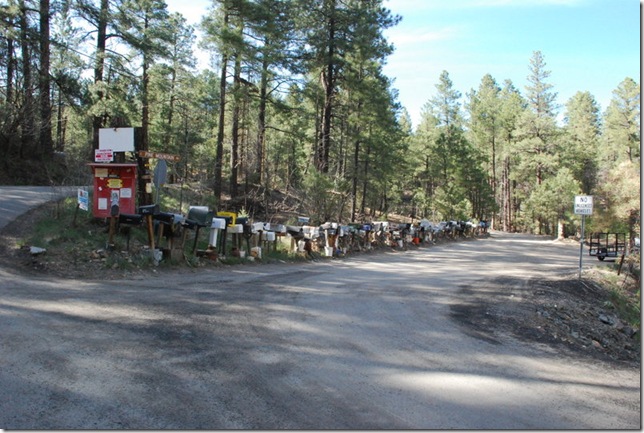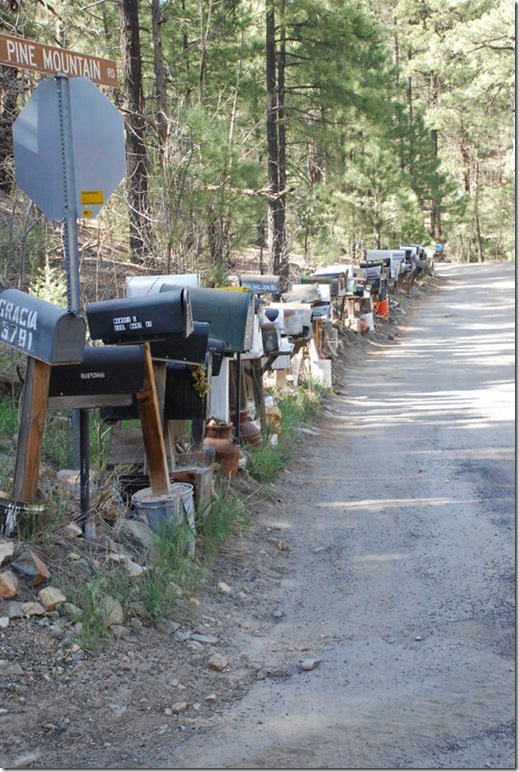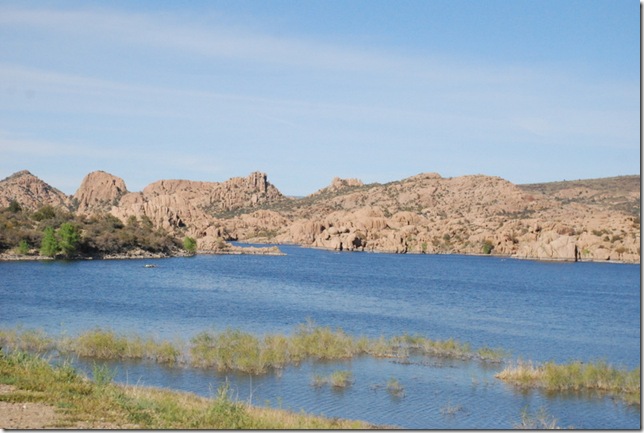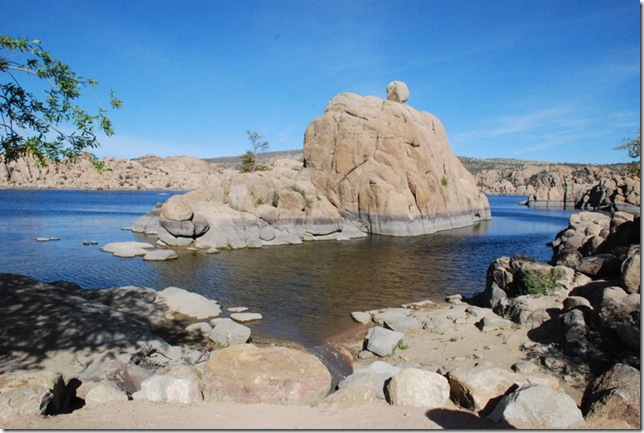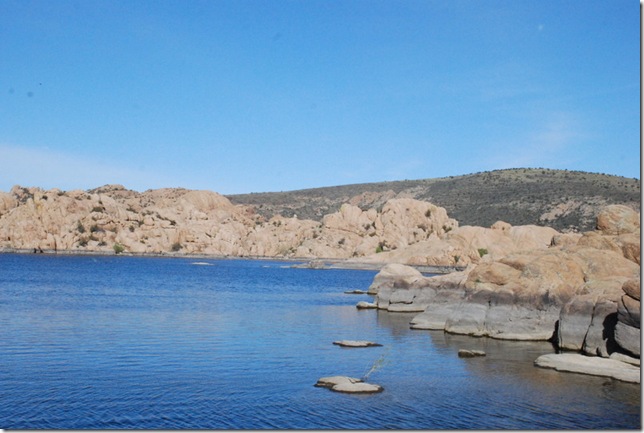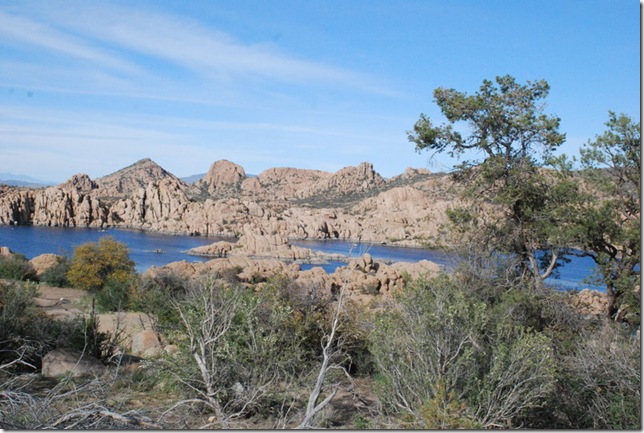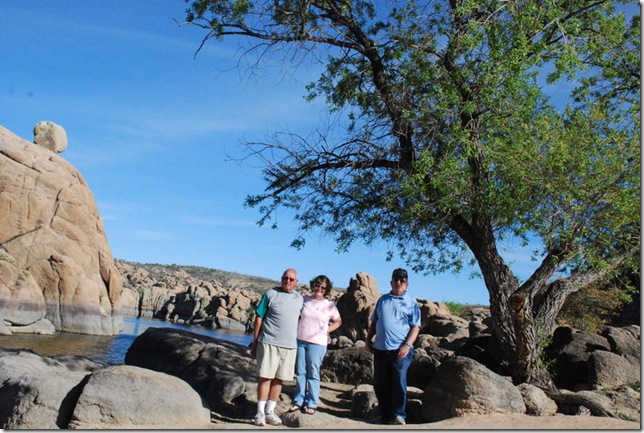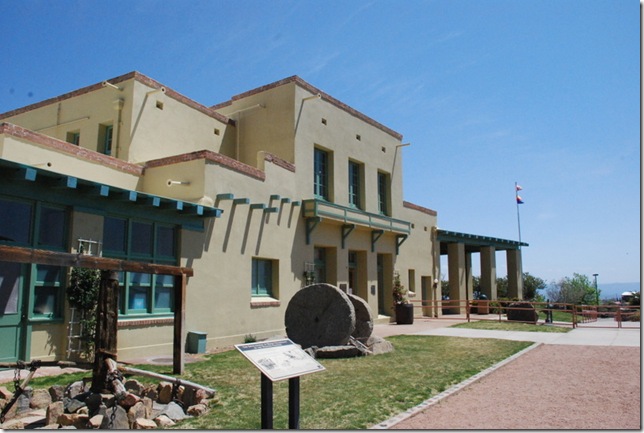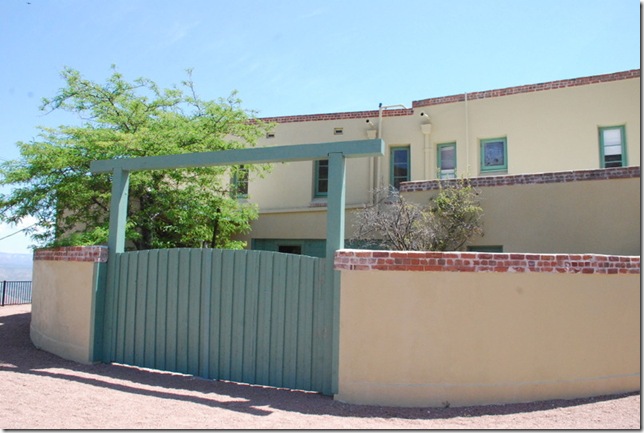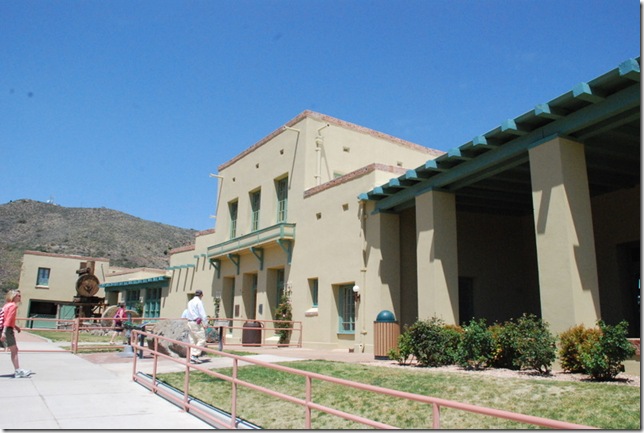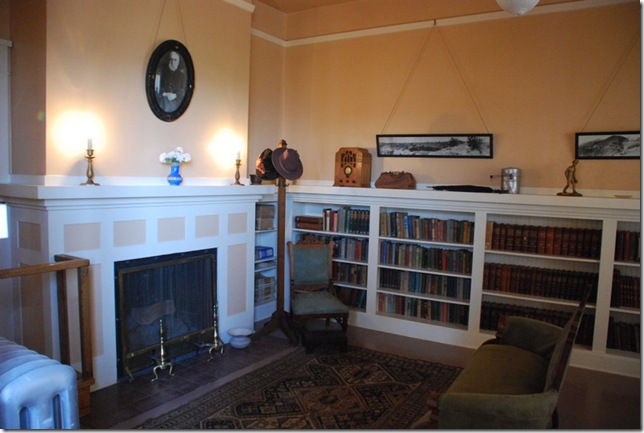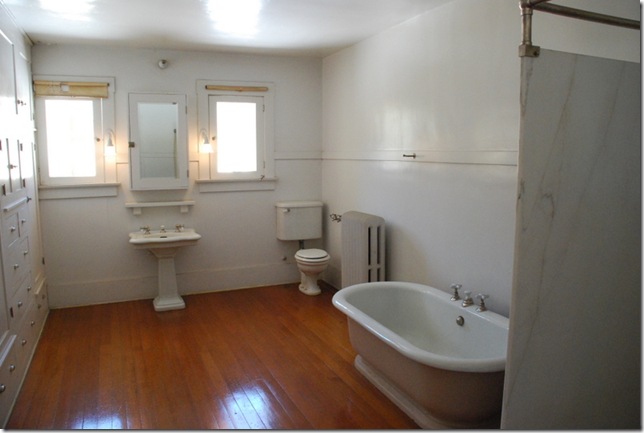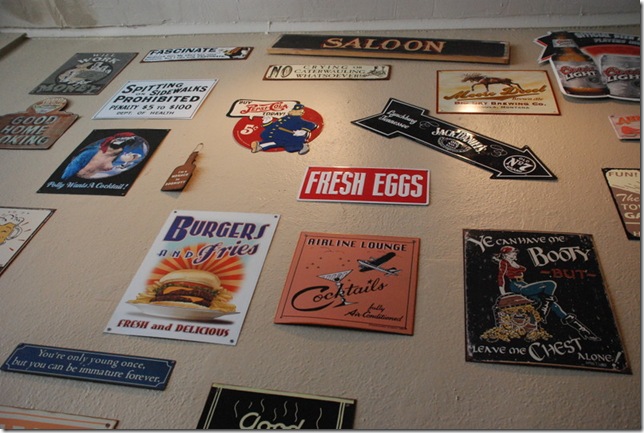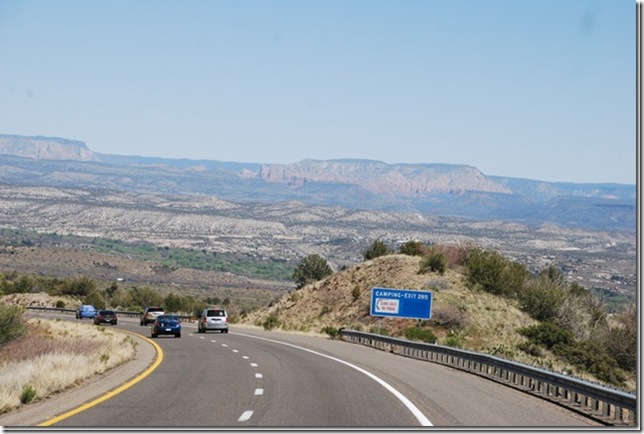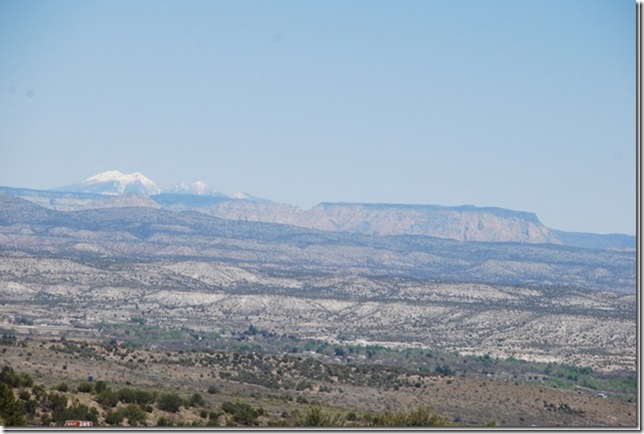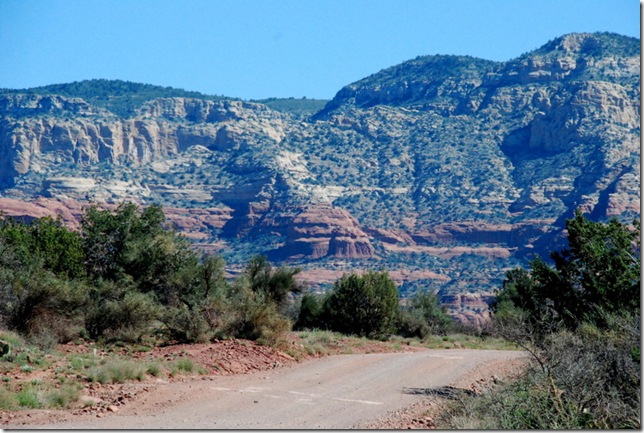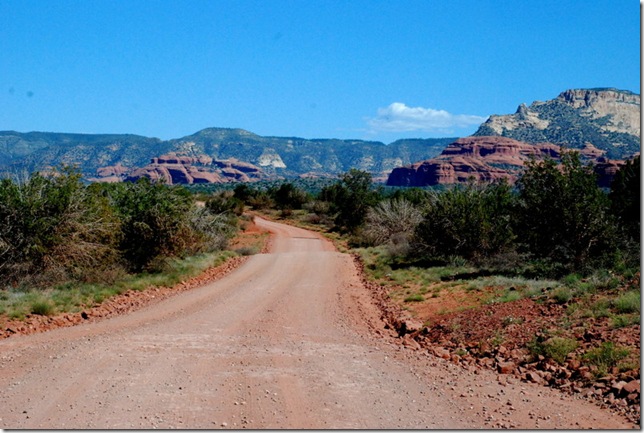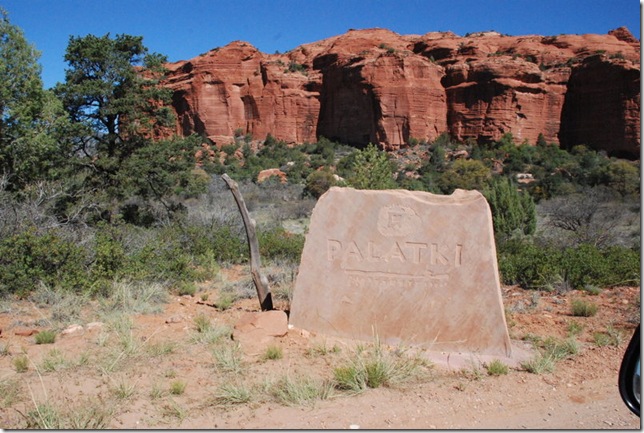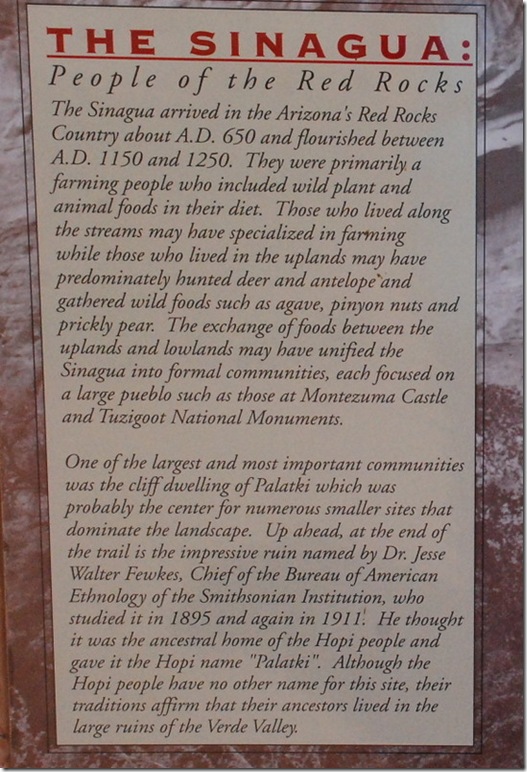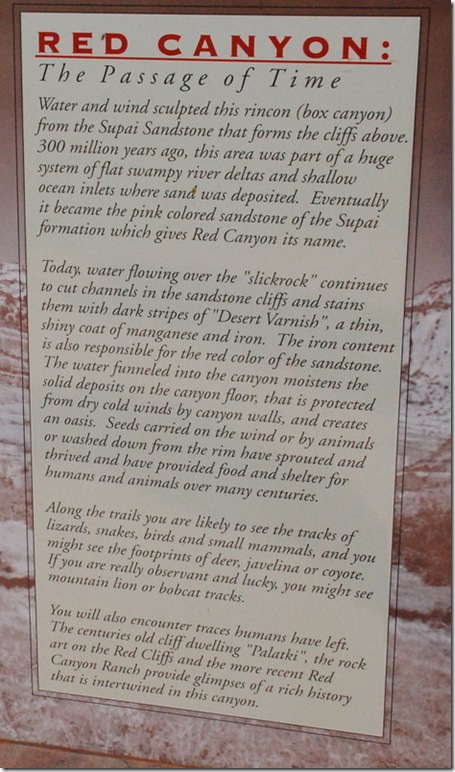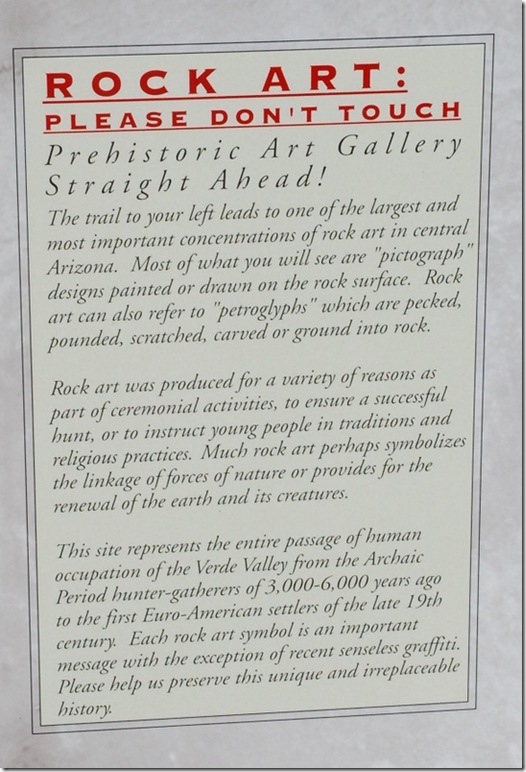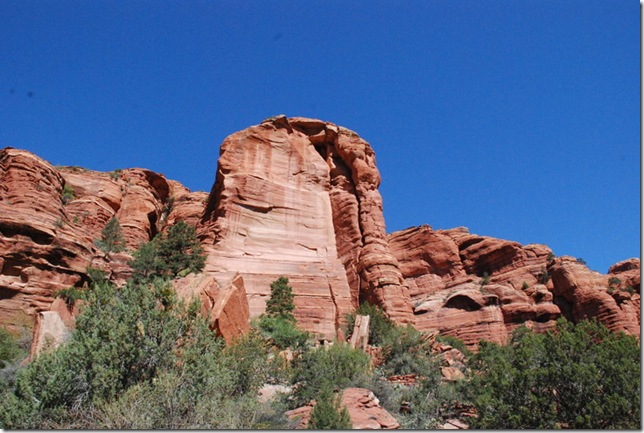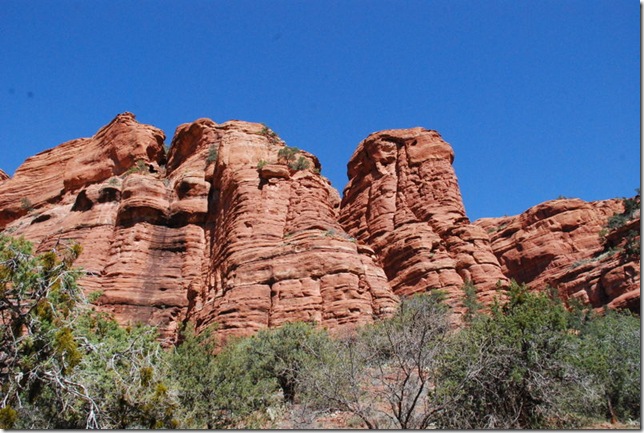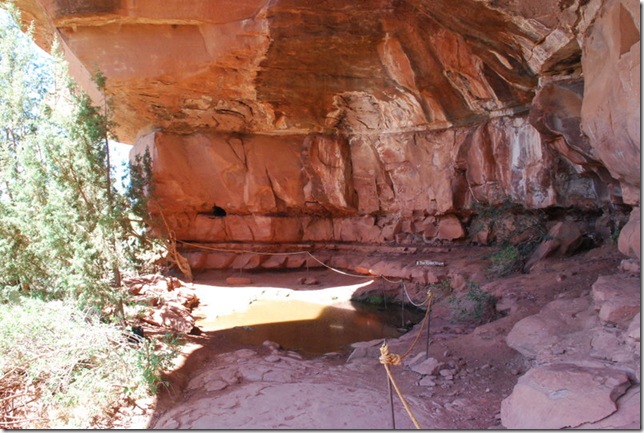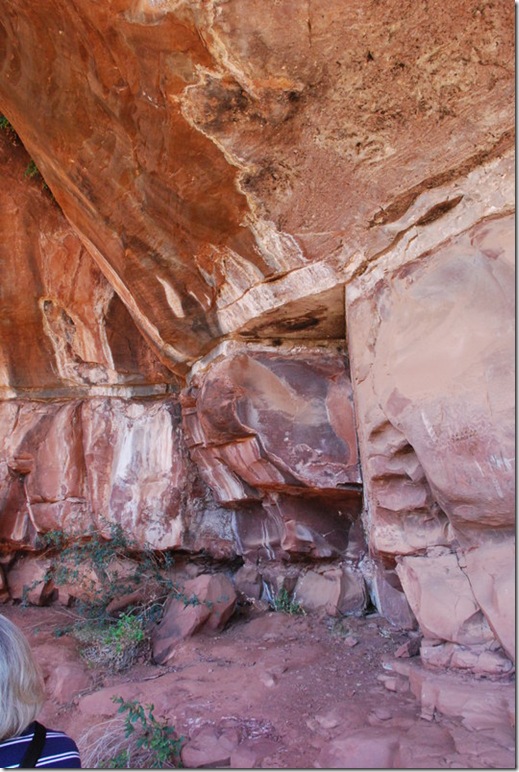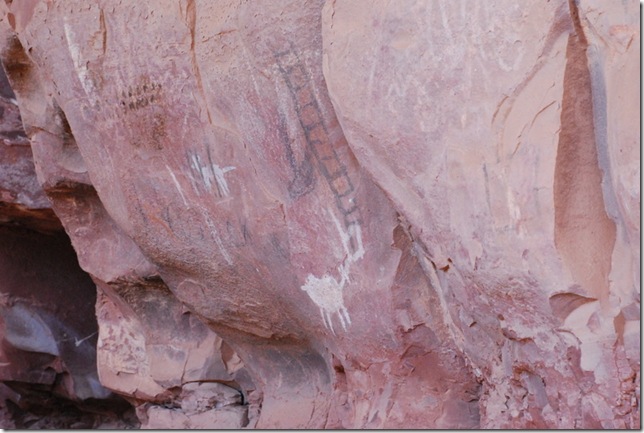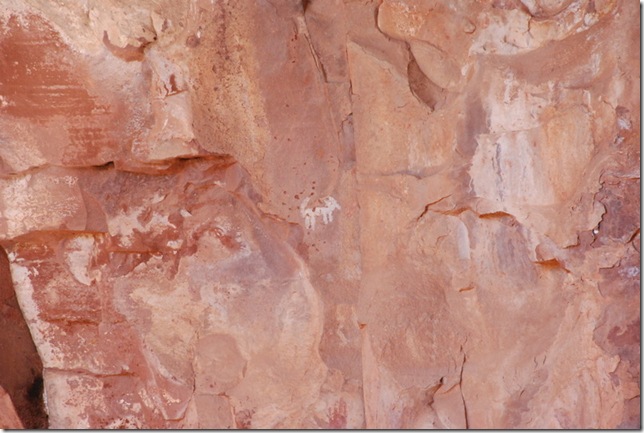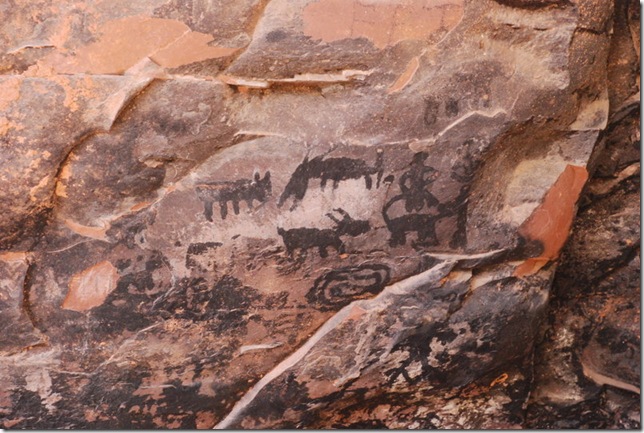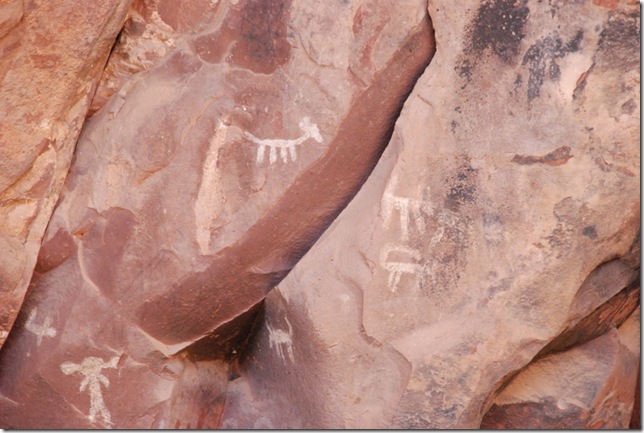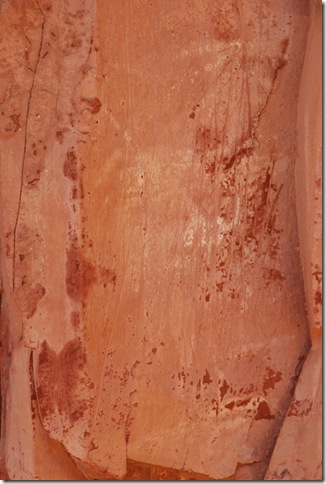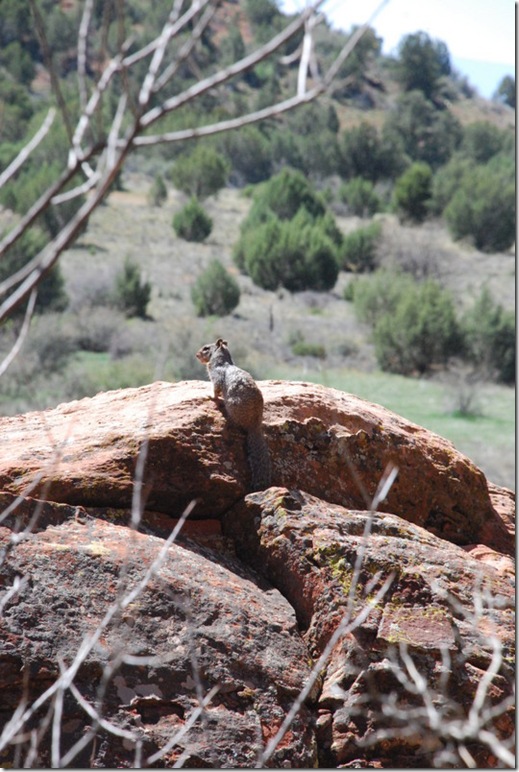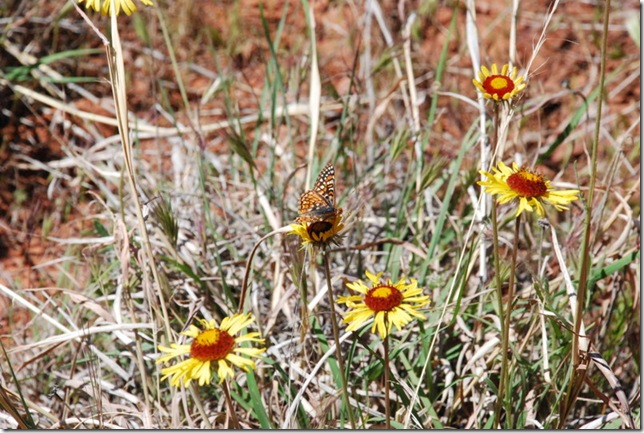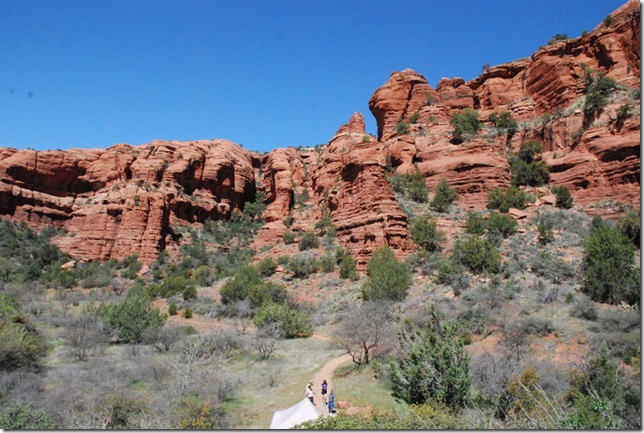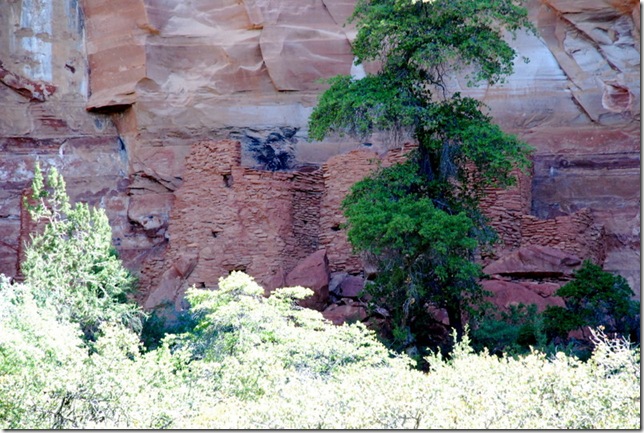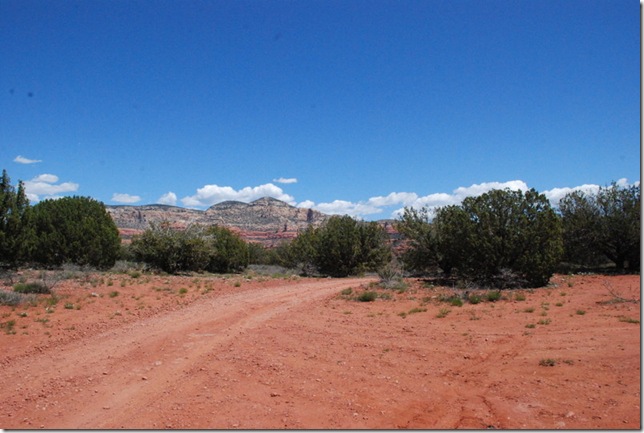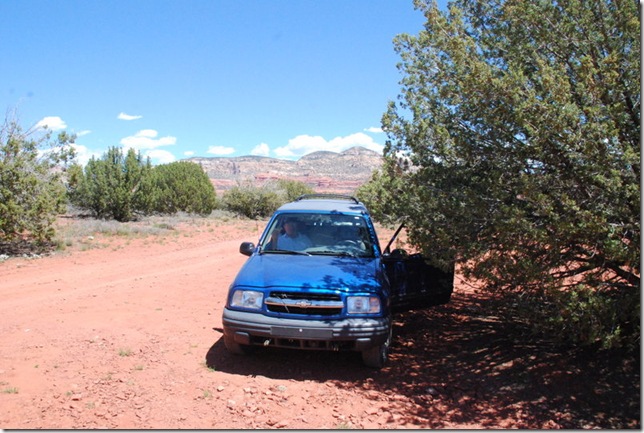Today we decided to visit Jerome, Arizona and learn about its history at the Jerome State Historical Park.
First some info from the internet:
“Jerome, Arizona
"America's Most Vertical City" and "Largest Ghost Town in America".
Located high on top of Cleopatra Hill (5,200 feet) between Prescott and Flagstaff is the historic copper mining town of Jerome, Arizona. Once known as the wickedest town in the west, Jerome was a copper mining camp, growing from a settlement of tents to a roaring mining community. Four disastrous fires destroyed large sections of the town during its early history, resulting in the incorporation of the City of Jerome in 1899.
Founded in 1876, Jerome was once the fourth largest city in the Arizona Territory. The population peaked at 15,000 in the 1920's. The Depression of the 1930's slowed the mining operation and the claim went to Phelps Dodge, who holds the claim today. World War II brought increased demand for copper, but after the war, demand slowed. Dependant on the copper market, Phelps Dodge Mine closed in 1953. The remaining 50 to 100 hardy souls promoted the town as a historic ghost town. In 1967 Jerome was designated a National Historic District by the federal government. Today Jerome is a thriving tourist and artist community with a population of about 450.
Jerome sits above what was the largest copper mine in Arizona and produced an astonishing 3 million pounds of copper per month. Men and women from all over the world made their way to Arizona to find work and maybe a new way of life. Today the mines are silent, and Jerome has become the largest ghost town in America.
Jerome's personality has changed dramatically in the past 30 years. Once a thriving mining camp between the late-1880s and early 1950s, Jerome is now a bustling tourist magnet and artistic community with a population of about 450. It includes a modicum of artists, craft people, musicians, writers, hermits, bed and breakfast owners, museum caretakers, gift shop proprietors and fallen-down-building landlords.
What is the Town of Jerome like today? Jerome is an enchanting town, and a photographer's paradise. From its external appearances it hasn't changed much in nearly 100 years. Many of the buildings used by present-day business folks are those built after the fires of 1894 and1899. A number of the buildings have been restored and more are planned for restoration. Due to the 30-degree incline of the mountainside, gravity has pulled a number of buildings down the slope. To the delight of some, one of those buildings was the town's jail.”
More information can be found at these links:
http://jeromearizona.org/
http://jeromechamber.com/pages/history.htm
http://jeromehistoricalsociety.com/projects.html
http://jeromehistoricalsociety.com/
To get to Jerome we took route 89A from Clarkdale up the mountain – about 4 miles of roadside clinging to the mountain – and thinking about all those folks who made this trip 100 years ago with all their belongings only to live in a tent and work the mines.
Here is a view of Jerome from the overlook:
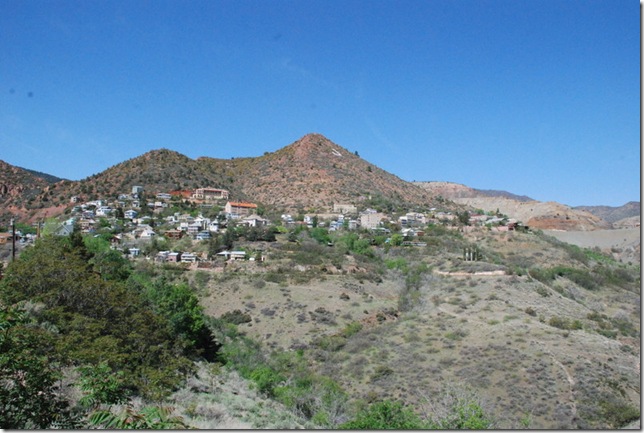
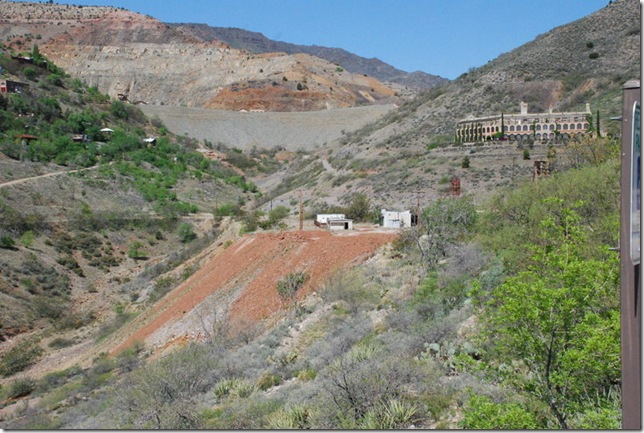 Our first stop was the Audrey Head Frame Park.
Our first stop was the Audrey Head Frame Park.
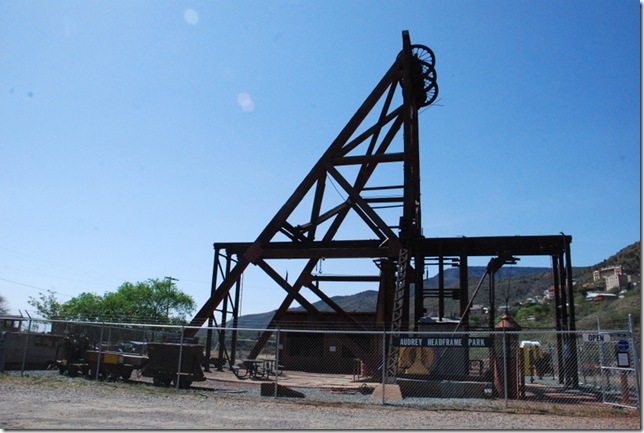
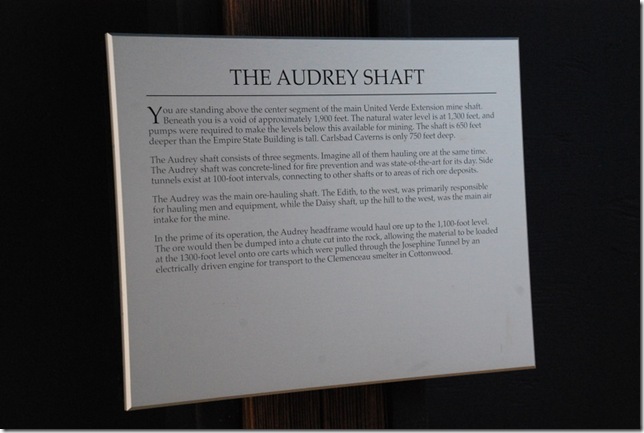 Now think about that – 1900 feet deep – Yikees. In contrast the Empire State Building is 1250 feet.
Now think about that – 1900 feet deep – Yikees. In contrast the Empire State Building is 1250 feet.
Here is the display where you can stand on the “glass” and look into that shaft that is 1900 feet deep. I looked down but could not bring myself to step on that glass - 
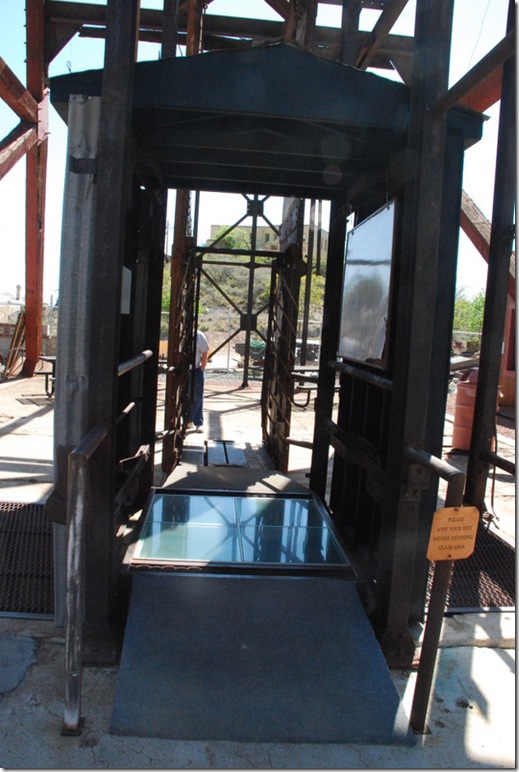
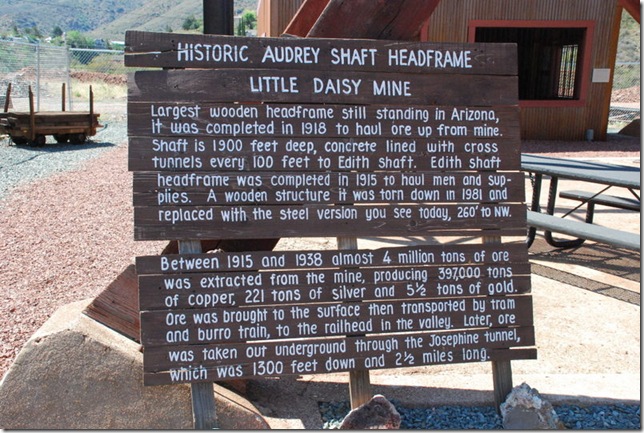
From there we headed up the hill to the Jerome State Historic Park. It was originally the home of James Douglas who operated the Little Daisy Mine. Built in 1916, it was used as a residence until the mine closed in 1938. It became a State Historic Park in 1965.
The inside of the mansion was dedicated to the history of Jerome. We stated out watching a 30 minute video on the town, its past, present, and future. (I HIGHLY RECOMMEND seeing this video before doing anything in the town – it oriented us to the different buildings in the area.)
Most of the rooms contained exhibits, pictures, stories about Jerome. Some were just showcased like the original. This is the kitchen:
The library/sitting room:
The bathroom – notice all the cabinets on the left:
One room contained a model of the mines with all the shafts and tunnels plus all the history and stories about them. Another room contained samples of gemstones found in Arizona. A side room contained more gemstones and when you pressed a button, the lights went out, a fluorescent light came on and WOW – it was amazing to see the colors of the stones. And yet another room described how the mining was done initially, the changes over time, and the tools used. Outside were many examples of the bigger tools:
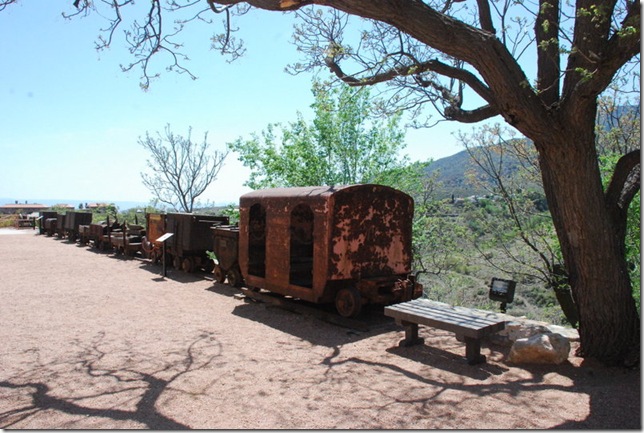 In the garage was Dr. Douglas’ Buggy which was loaned to RKO Studios in 1955 for the filming of the movie “Oklahoma.” And that movie was filmed near Elgin, Arizona, not in Oklahoma.
In the garage was Dr. Douglas’ Buggy which was loaned to RKO Studios in 1955 for the filming of the movie “Oklahoma.” And that movie was filmed near Elgin, Arizona, not in Oklahoma.
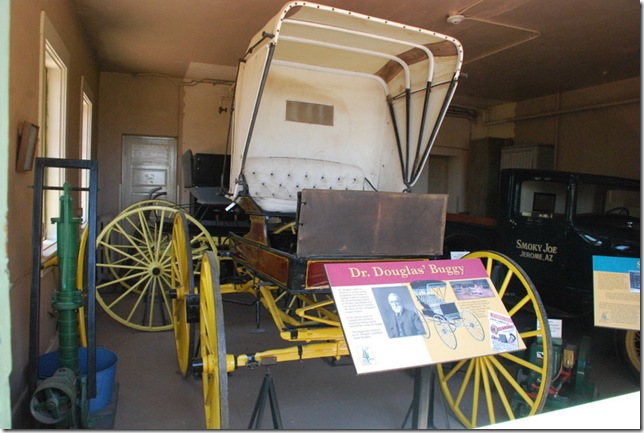 Also outside were posters that oriented us to Jerome and some of the buildings:
Also outside were posters that oriented us to Jerome and some of the buildings:
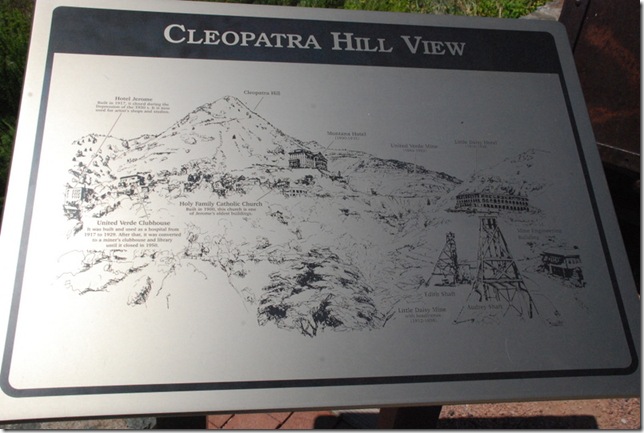
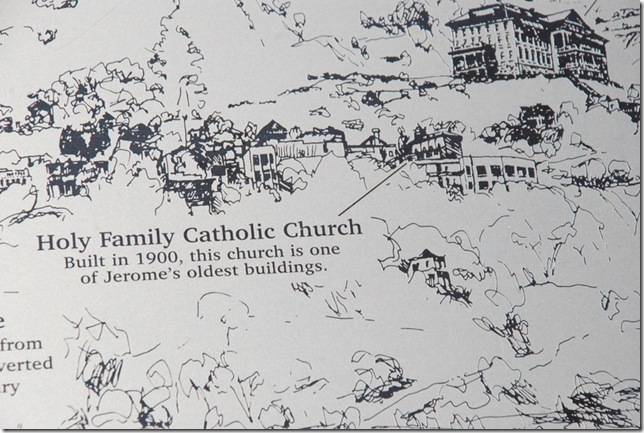

And the church is still in use today. The Hospital below now contains apartments. Not sure about the Elementary School.
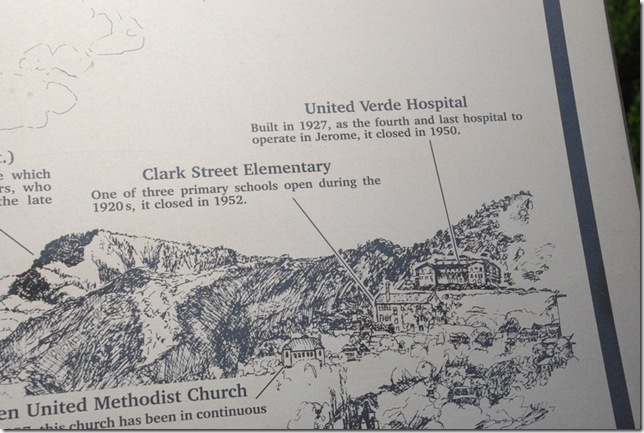
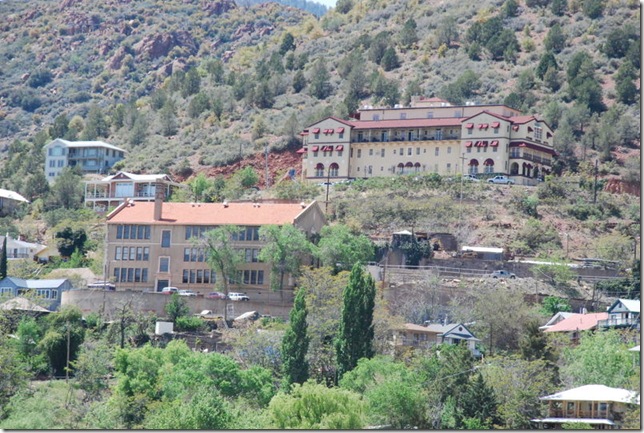
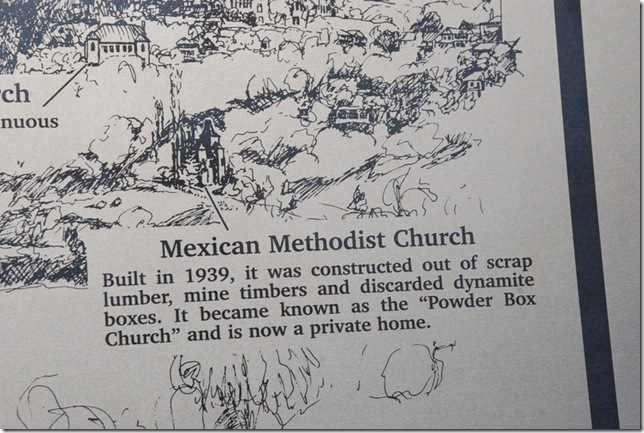

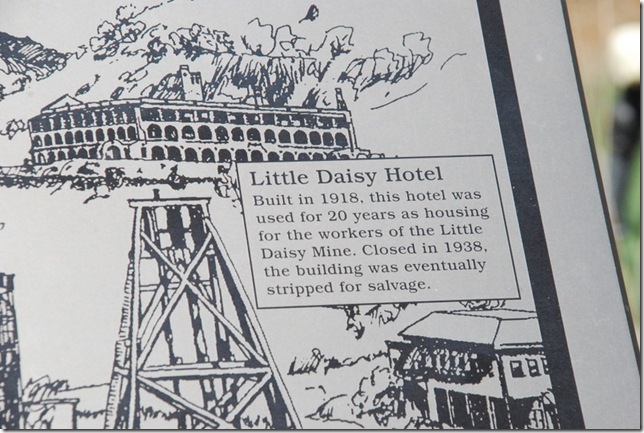
But an individual purchased the property and has saved what was left. This building was beautiful and I would have loved to see the inside:
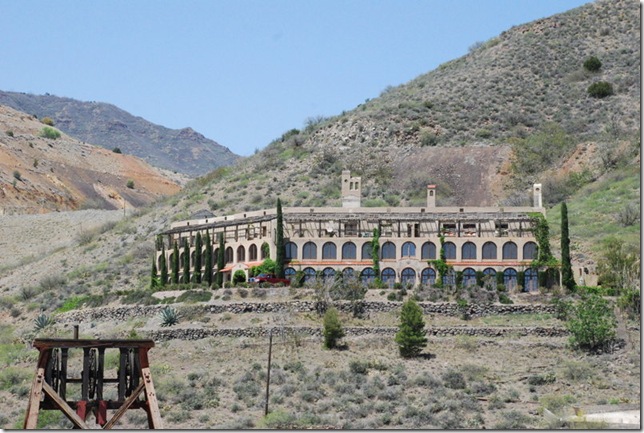
This park was just wonderful! We ate lunch in town at the Mile High Grill. I had a side dish of crispy spinach – fresh spinach, lightly fried – very good!
The fans in the Grill were airplane propellers:
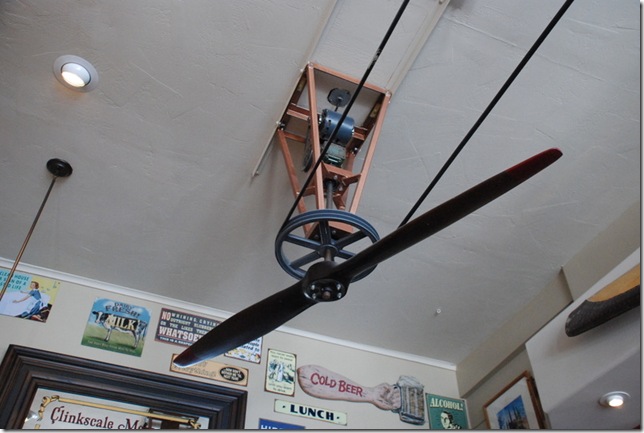
And lots of signs on the wall:
I need to get this one for Andy – LOL:
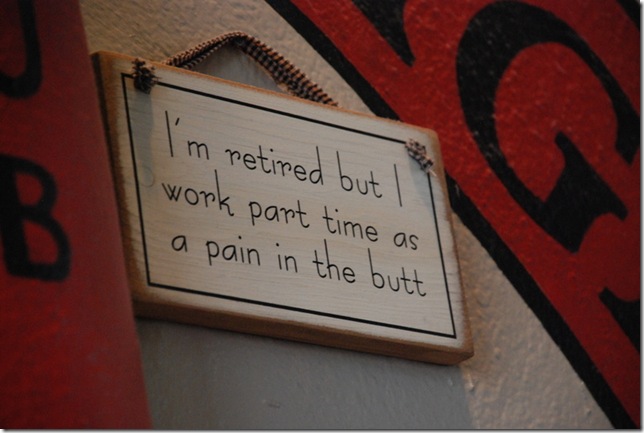
We did not walk around the town but will put that on our list for next time – :-))
From there we decided to take 89A over Mingus Mountain to Prescott Valley – what a beautiful ride. There is a recreation area at the top of the mountain but it was still closed – :-(((. Sorry no pictures – I was driving.
We took part of I-17 back. There is a part of that road that goes from Prescott Valley over the mountain to Verde Valley. As you come down the mountain, the Valley views are awesome – it seems like you can see forever.
Here are two pictures from April 2010:
WOW!
Another beautiful day!
